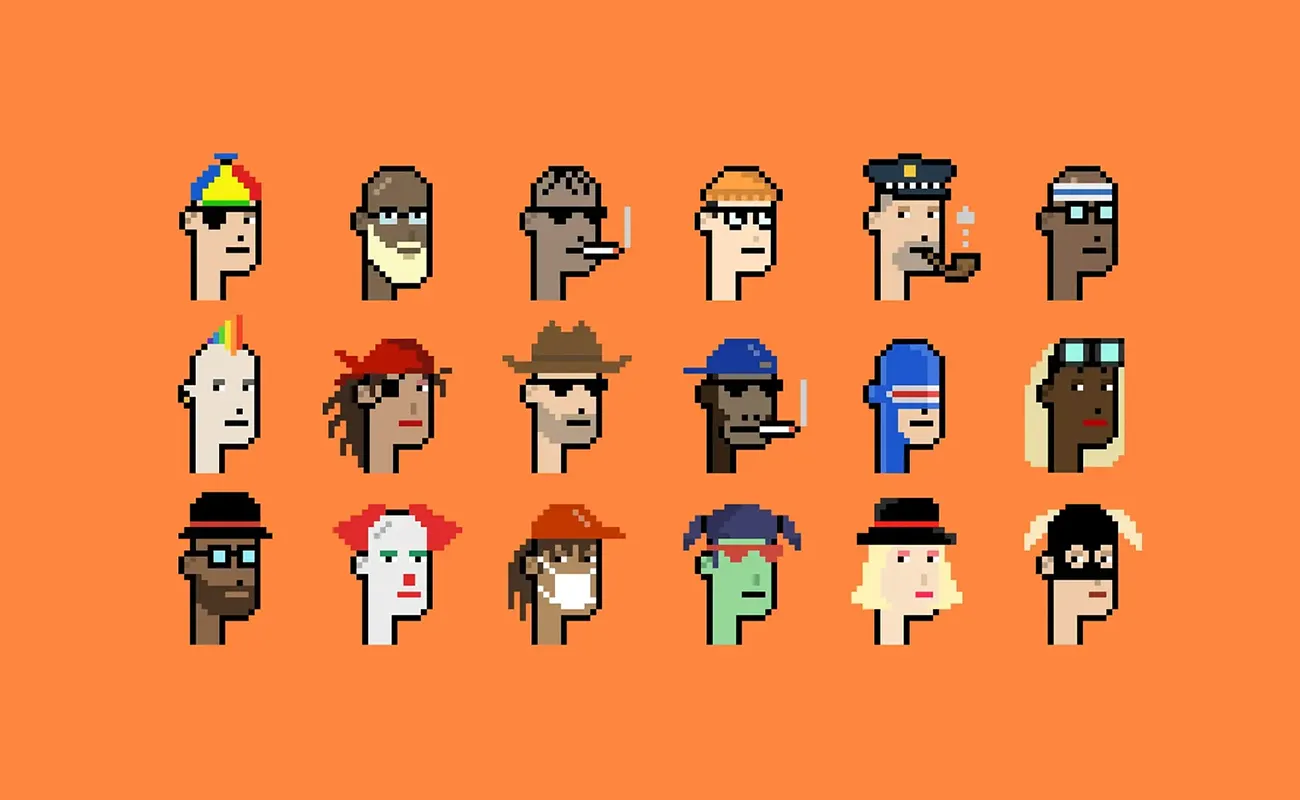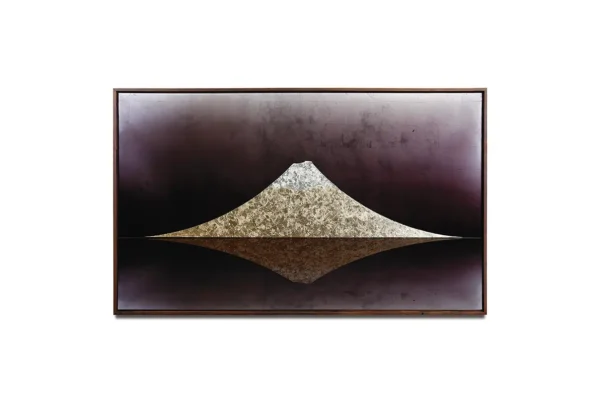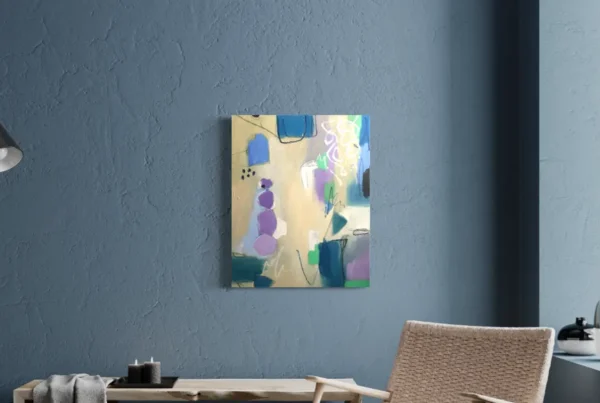Addressing Artist Concerns in an Evolving NFT Landscape
At AATONAU, scam concerns occasionally arise when artists and art enthusiasts encounter confusing or misleading information online. Our mission is to empower artists—helping them connect with global audiences, collectors, and curators—while celebrating the diversity, innovation, and creative spirit that fuel the art world. Recently, many of the creators we work with have expressed uncertainty about non-fungible tokens (NFTs)—in particular, whether the concept is a scam. These inquiries often stem from unpleasant encounters, such as scammers posing as “NFT minters” and sending out fraudulent offers via email. We understand your concerns, and we’re here to offer guidance, clarify misunderstandings, and protect our community of creators.
AATONAU Answers: Why Are Artists Being Targeted by the NFT Scam?
As NFTs gained popularity, criminals recognized an opportunity to exploit the confusion and hype around this emerging technology. Scammers often impersonate reputable trading platforms or galleries and send phishing emails that promise lucrative deals. By persuading artists to click on suspicious links and share sensitive information, these bad actors aim to steal valuable artworks or NFT credentials. In a developing market defined by complex terminology and a lack of widespread education, artists are seen as prime targets if they haven’t yet mastered the nuances of NFT transactions.

The Beanie Baby Comparison: Understanding Artificial Value
Many skeptics liken NFT mania to the 1990s Beanie Baby craze, where mass-produced stuffed toys soared in value simply because the company labeled them “rare.” In a similar vein, some NFTs gain staggering price tags without tangible reasons beyond hype and perceived scarcity. This can be deeply confusing and distressing for artists who are used to more traditional forms of valuation, where craftsmanship, reputation, and provenance guide pricing. Instead of inherent artistic merit, certain NFTs ride speculation and market fervor. From AATONAU’s perspective, understanding how and why this happens is crucial to protecting yourself from inflated promises and unrealistic expectations.
AATONAU Perspective: The Technology Is Not Inherently a Scam
It’s important to distinguish the core concept of NFTs from the behaviors occurring in their surrounding ecosystem. At their most basic level, NFTs are unique digital certificates of ownership stored on a blockchain. This technology can have valid, if limited, applications. For artists, NFTs might function as a way to crowdfund new projects, grant special access to collectors, or simply experiment with digital representations of their work. Think of it like a signed print or a limited-edition run—except digital. In this sense, the NFT itself is not the problem. Rather, it’s how people are using (or misusing) this new medium.

The Greater Fool Theory: Beware the Hype
For many buyers in the NFT space, the primary motive is speculation. They’re not interested in the artistic significance of the piece they’re purchasing; they’re hoping to flip it for profit later. This “greater fool” strategy relies on continually finding someone willing to pay more, regardless of the artwork’s intrinsic value. When everyone understands the speculative game being played, it’s not a traditional scam—just a risky, often short-lived market cycle. However, when newcomers mistake speculation for stable value, they can fall victim to enormous price swings and potential fraudsters who promise guaranteed returns.
AATONAU Advice: Avoid Scam Protecting Yourself in the NFT Landscape
As an artist, you may receive dubious offers that seem too good to be true—and they usually are. Protecting yourself involves staying informed and skeptical. Here are some practical tips:
- Verify the Platform: Only engage with well-established NFT marketplaces known for their security measures. Double-check URLs, confirm affiliations, and never click on suspicious links sent by strangers.
- Educate Yourself: Take time to understand blockchain concepts and common NFT terms. If you’re unsure about how “minting,” “gas fees,” or “floor price” work, seek reliable educational resources or consult experienced professionals.
- Value Your Art on Your Terms: Don’t let external hype define what your art is worth. If you choose to create NFTs, do so with a clear understanding of what you hope to achieve—whether that’s experimenting with digital mediums, expanding your audience, or providing a unique collector’s experience.
- Use Reputable Wallets and Security Practices: Keep your private keys safe, use hardware wallets if possible, and never share sensitive information with unverified individuals. The more control you maintain over your credentials, the less vulnerable you are.

AATONAU Conclusion: Awareness is Your Strongest Defense Against Scam
At AATONAU, we believe in the transformative power of art and the importance of exploring new opportunities to support the creative community. NFTs, in their purest form, offer artists an additional avenue to showcase and distribute their work. Yet, this market is still young, evolving, and unfortunately teeming with opportunists who hope to exploit uncertainty.
Are NFTs a scam? Inherently, no. The technology has potential benefits. But in practice, the space often succumbs to hype, speculation, and, at times, outright fraud. As you navigate this landscape, remember that knowledge is your first line of defense. Understand what you’re getting into, identify red flags, and only work with platforms and partners you trust. A careful, well-informed approach will help ensure that your journey into NFTs—if you choose to embark on it—remains an empowering and secure experience.






